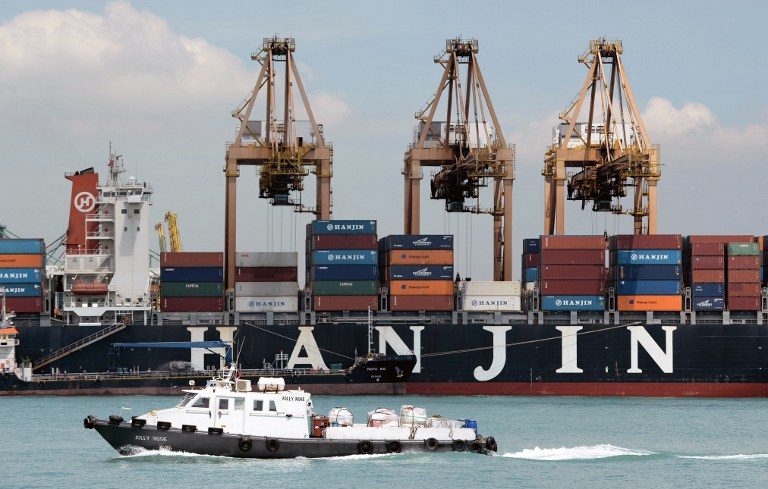SUMMARY
This is AI generated summarization, which may have errors. For context, always refer to the full article.

MANILA, Philippines – The interest of Chinese firms in taking over Hanjin Heavy Industries and Construction Philippines and the court granting its request for corporate rehabilitation may not be enough to lift the embattled company, said debt watcher Fitch Ratings on Wednesday, January 16.
Fitch Ratings said “recoverability is uncertain,” as the implementation plan for rehabilitation may take time to execute.
The debt watcher also noted that Hanjin’s parent company based in South Korea failed to sell it in 2018.
The Philippine Star reported that the Olongapo City Regional Trial Court granted Hanjin’s petition for receivership and placed the Korean shipbuilder under corporate rehabilitation.
Stefani Saño, a former member of the Subic Bay Metropolitan Authority board, was appointed as rehabilitation receiver.
Hanjin owes 5 local banks some $412 million, on top of its $900-million debt to South Korean lenders.
Fitch Ratings said Hanjin’s problems stemmed from the “extended weakness” in the global shipping industry as well as the financial issues of its parent company.
However, the debt watcher said that Hanjin’s troubles do indicate broader stress across banks’ loan books.
Risky business
RCBC has the largest exposure of the 5 banks, amounting to $145 million. This amount exceeds its 2017 net profit of around $82 million.
Fitch expects RCBC to report at least one quarterly loss.
The other banks involved are Land Bank of the Philippines, BDO Unibank, Bank of the Philippine Islands, and Metrobank.
Fitch noted that midsized banks, which include RCBC, have shown greater growth appetite than large banks due to their ambitions of gaining market share.
“Aggressive growth increases the potential for banks to take on greater exposure to more vulnerable companies, which is a risk that Fitch incorporates in its Philippine bank ratings,” it said.
“However, further large impairments could lead us to reassess banks’ risk standards and controls, which could be negative for the ratings,” Fitch added.
RCBC already said that its total exposure is only 1% of its assets worth P614 billion and less than 2% of the P387 billion in total loans.
Meanwhile, Fitch Ratings said that larger banks, which have larger capital bases, profitability, and better access to funding, are in a stronger position to withstand loan exposure problems.
Fitch said the differences are reflected in their ratings, with larger banks having a BBB- rating, while mid-tier banks are one notch lower at BB+. – Rappler.com
Add a comment
How does this make you feel?
There are no comments yet. Add your comment to start the conversation.